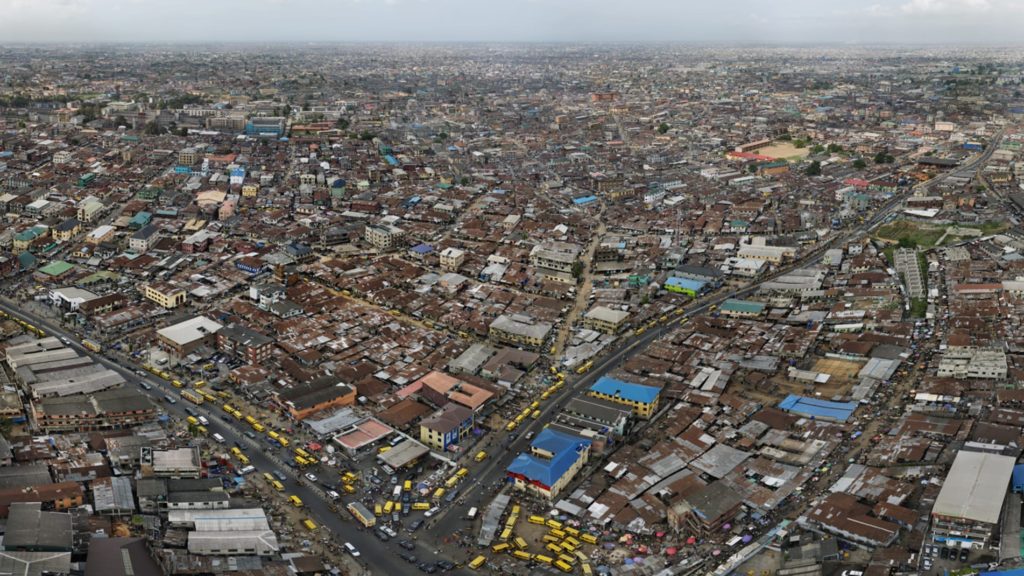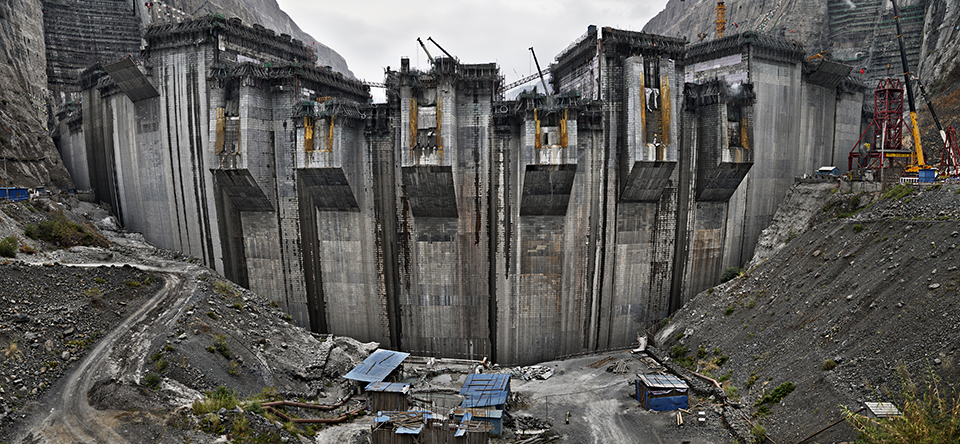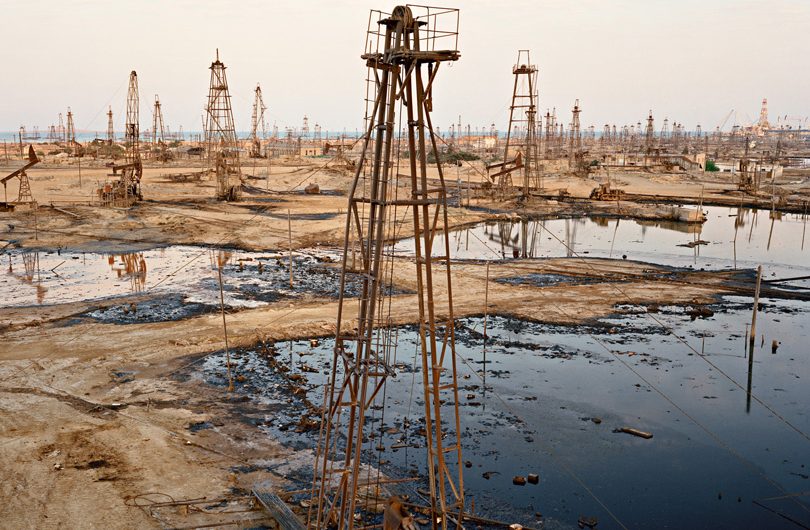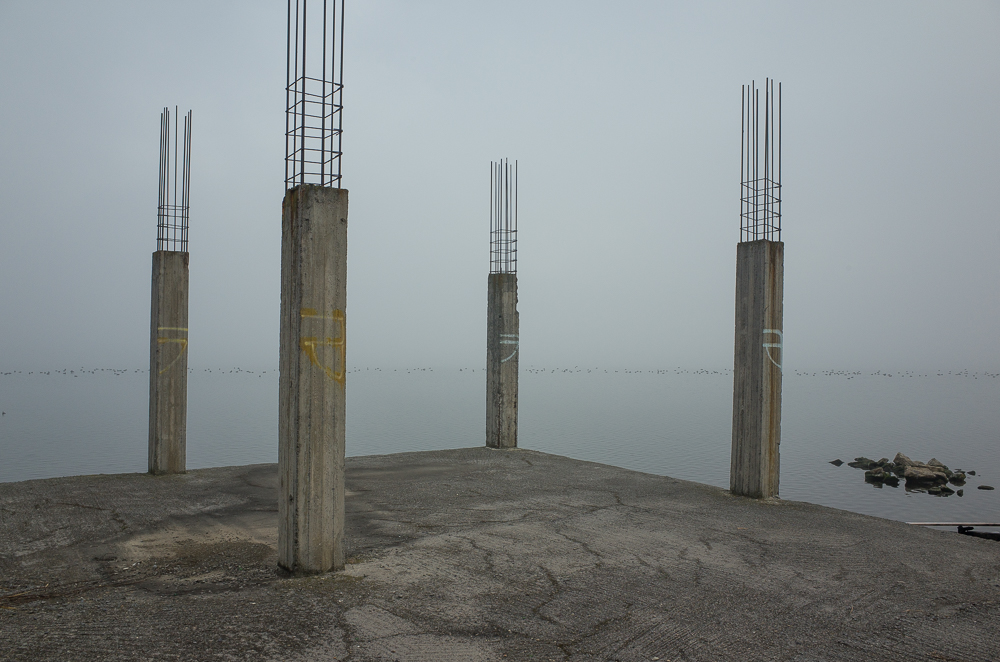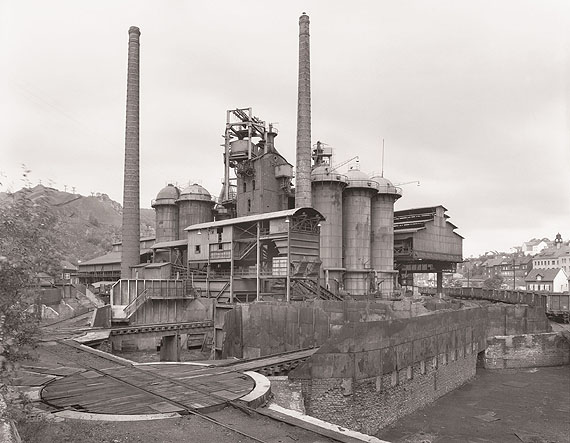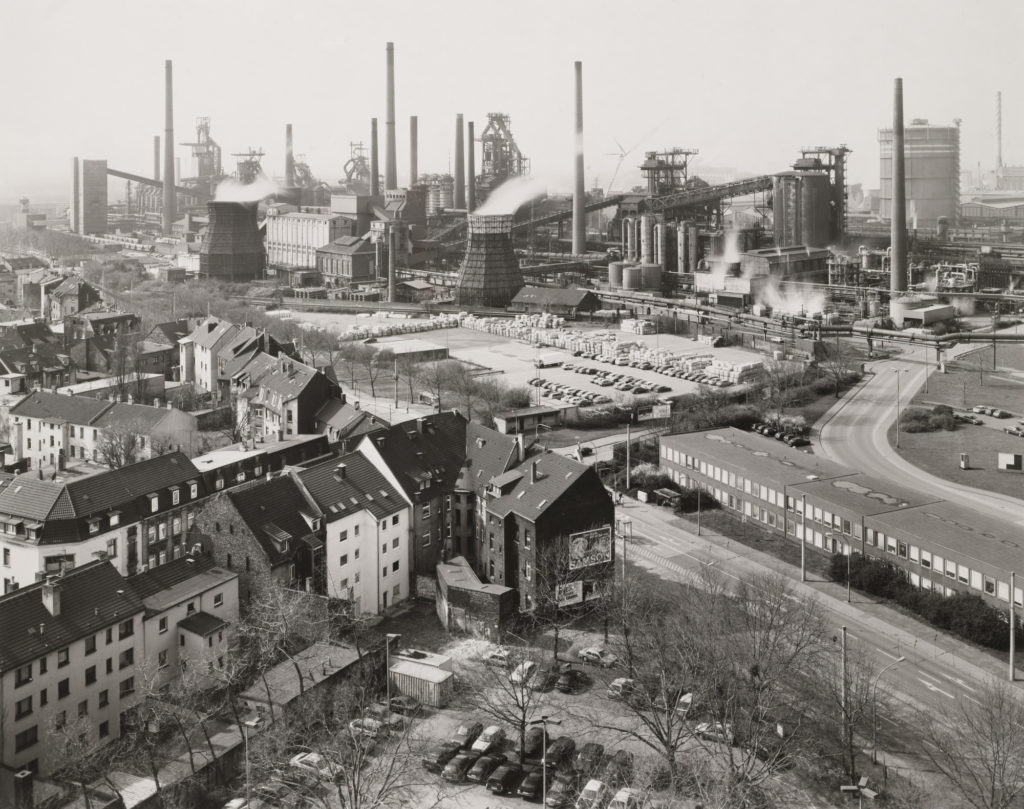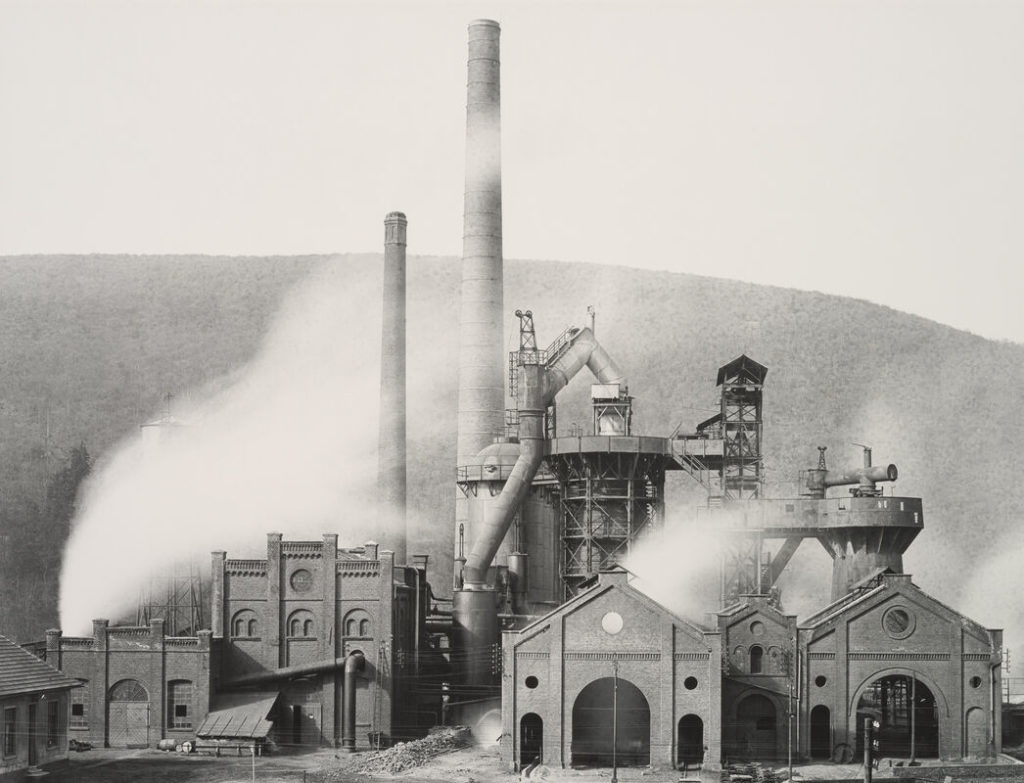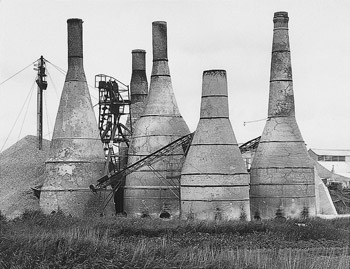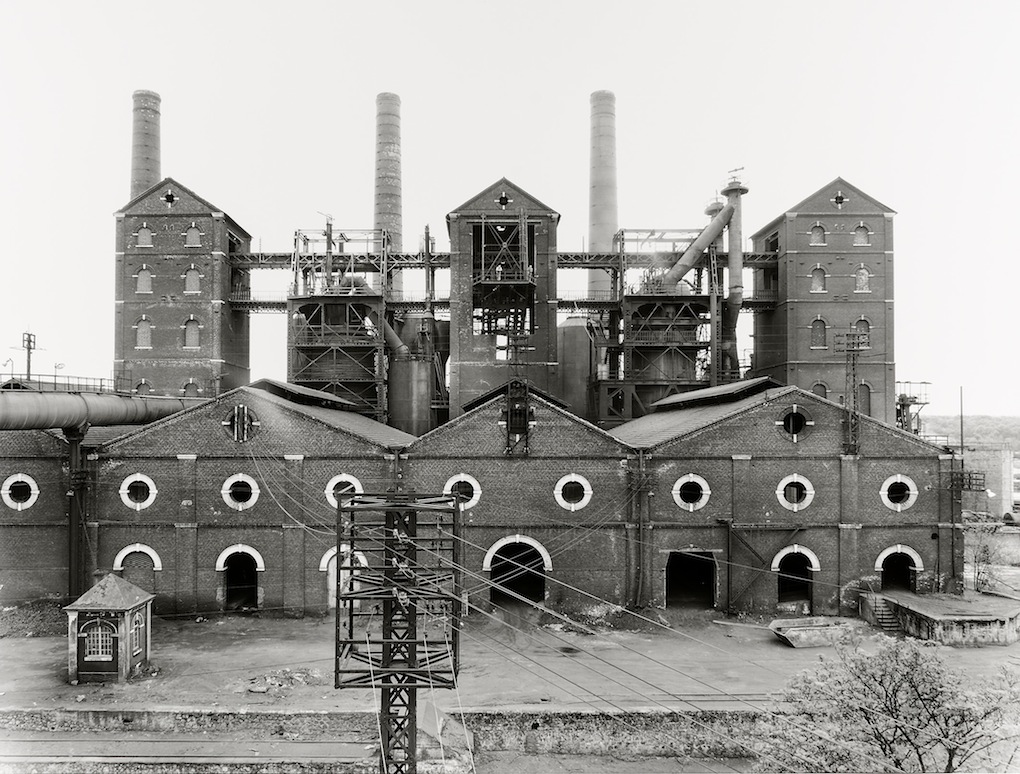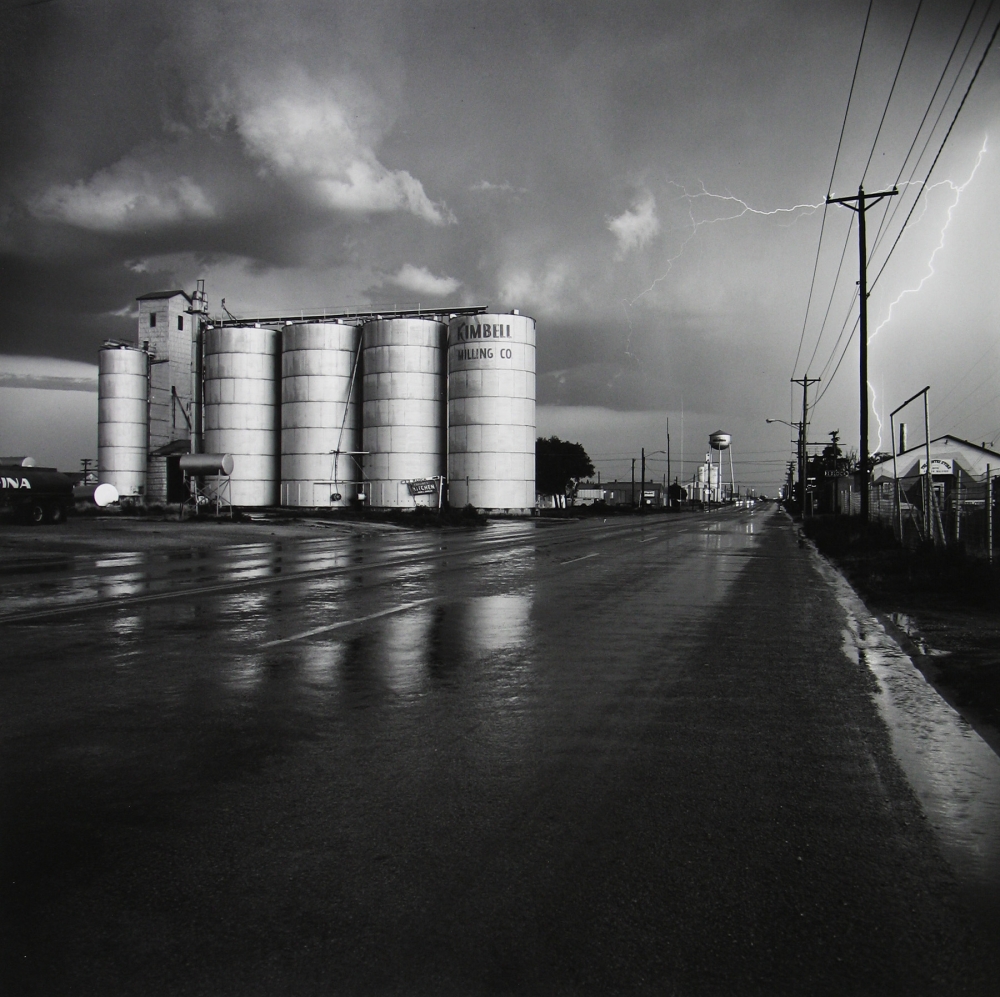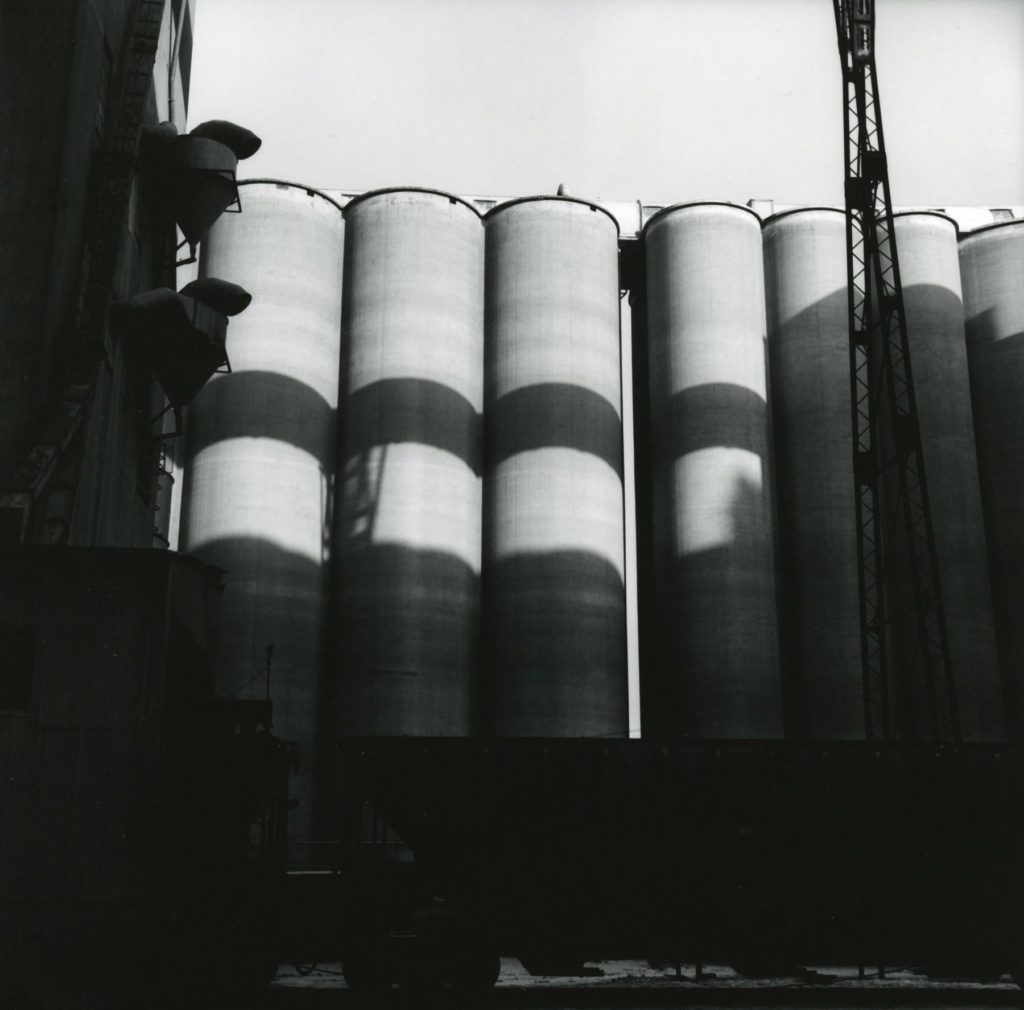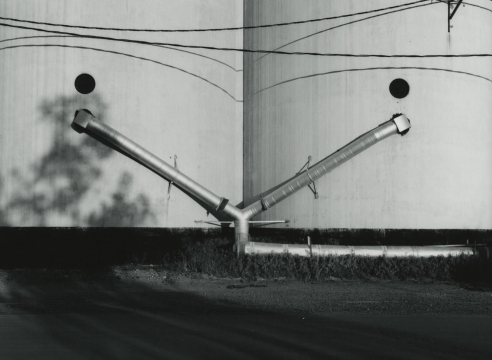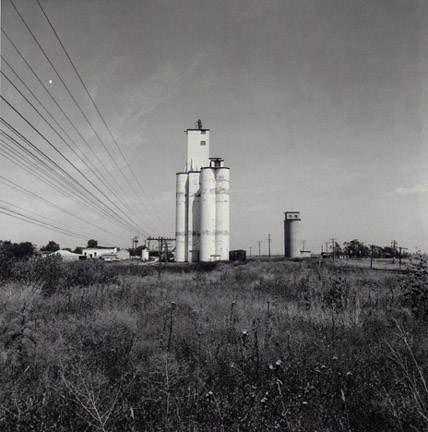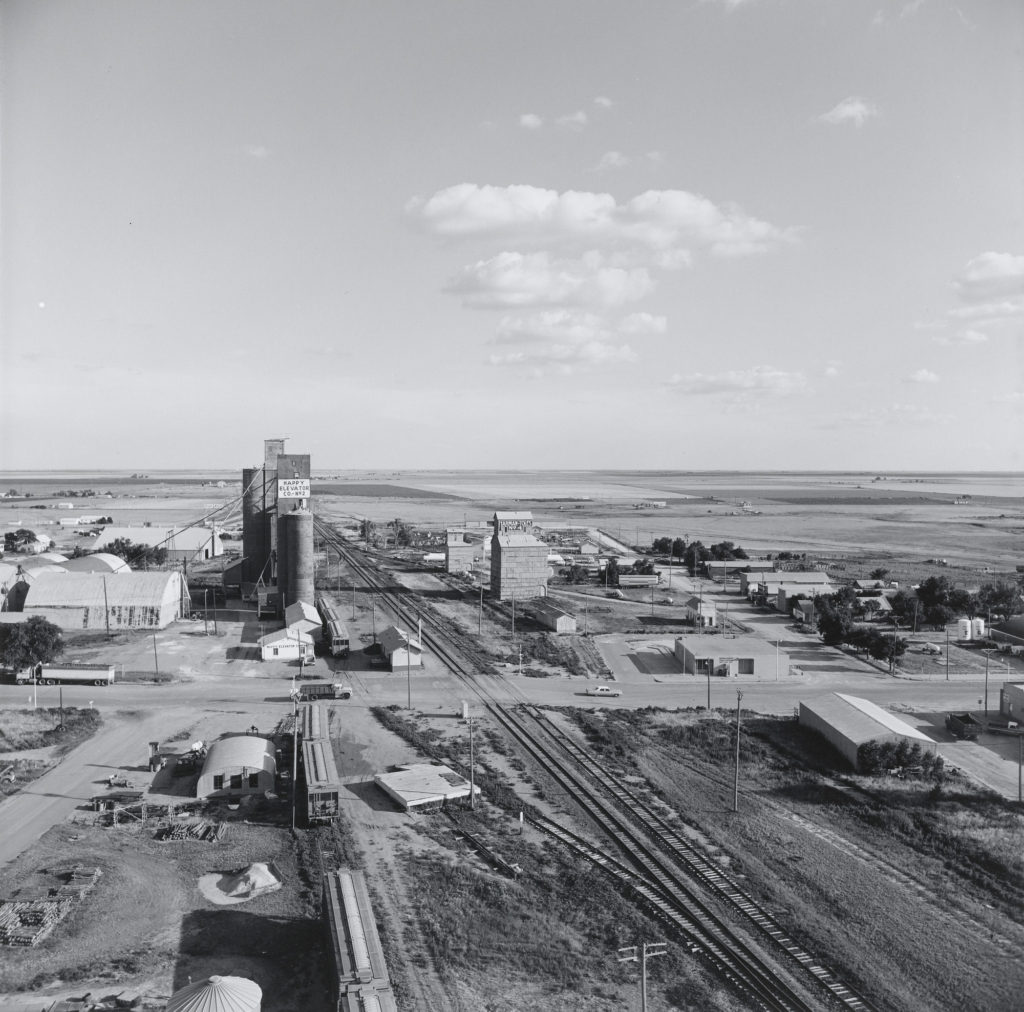Edward Burtynsky
Edward Burtynsky is regarded as one of the world’s most accomplished contemporary photographers. His remarkable photographic depictions of global industrial landscapes represent over 40 years of his dedication to bearing witness to the impact of humans on the planet.
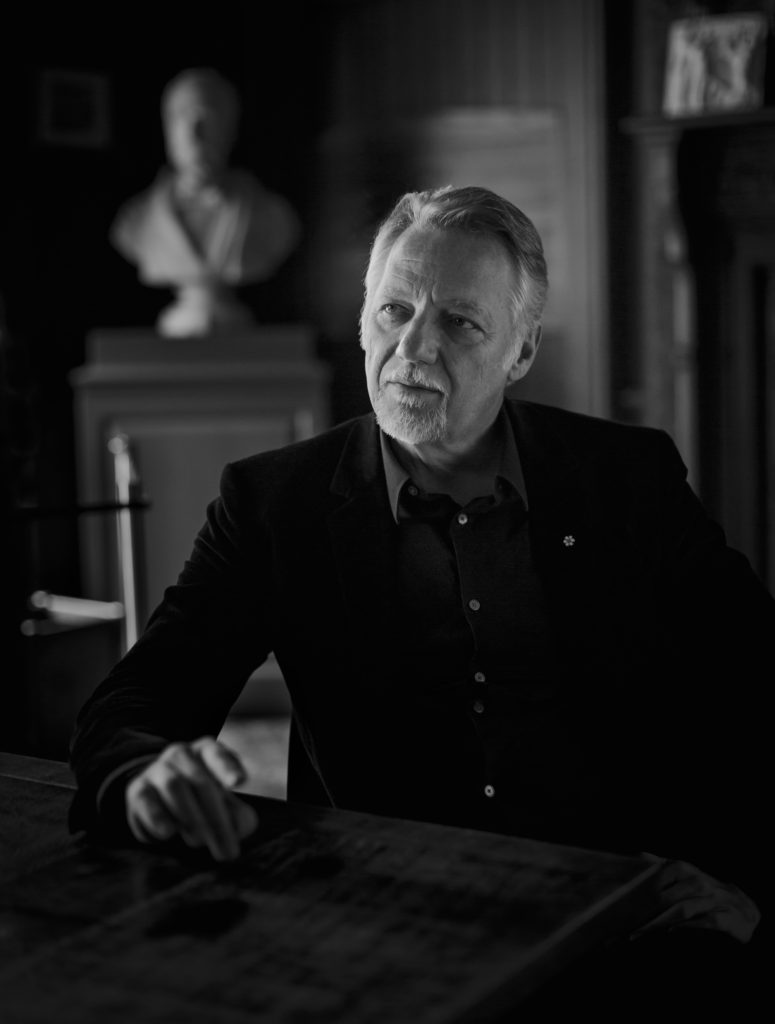
Burtynsky 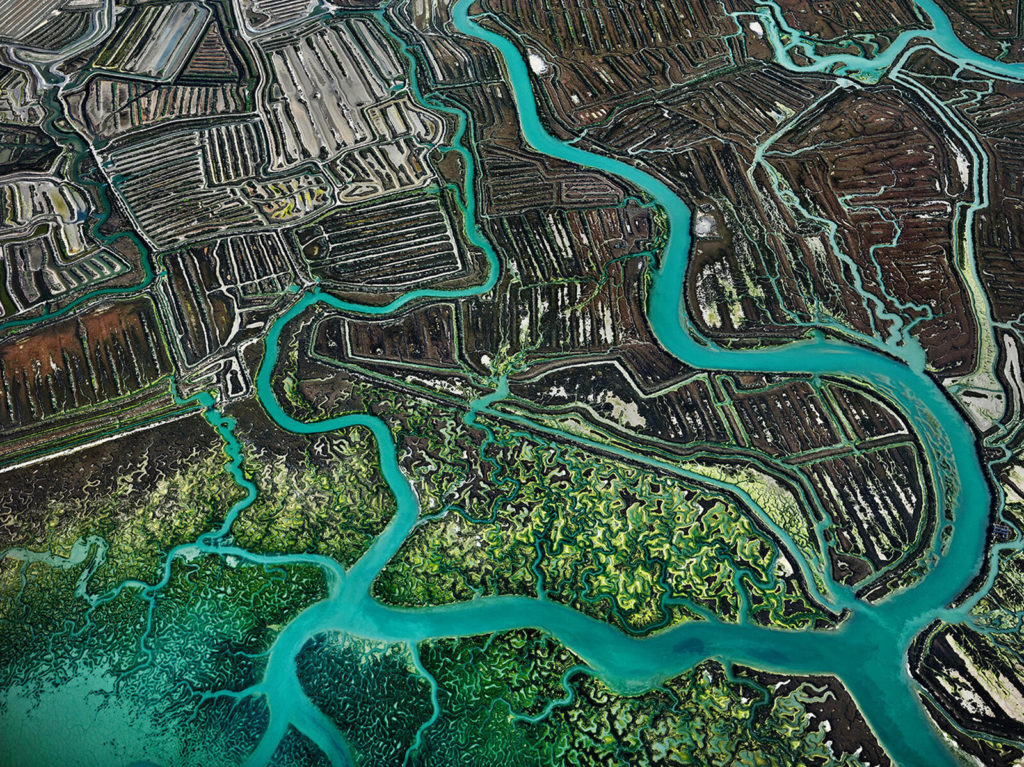
His work
For some 35 years, Burtynsky has been photographing humankind’s industrial intervention in natural landscapes. His panoramas have expanded with technology. Since 2003, he has used helicopters and, since 2012, a bespoke drone. His images help us look down on our planet in a new and detailed way
Burtynsky’s prints are large, usually 60 inches by 80 inches. You often need to read the labels to know precisely what you are looking at. The photographs on show in London range from copper mining in British Columbia (the viewer peers down into a great pit beside a sinuous road of loaded trucks climbing and descending) to oil pirating in the Niger Delta (a scorched earth of oil slicks, languid muddy waters and sparse vegetation) and a gleaming Italian marble quarry (an astonishing vertical wall of Carrara marble, marked out in great blocks and ready for extraction).
More about his work
Burtynsky refers to himself as “an artist.” His work, he tells me, has been influenced by the Abstract Expressionists. In previous interviews, he’s made reference to Jackson Pollock and Paul Klee, and you can see this in the shapes and subdued earthy palettes of his photographs. “I am thinking of Pollock in the intensity and vibrancy of the surface,” he explains.
Image Analysis

I have selected to analyse as i think this is on of the most eye catching images of his work. The main aspects which catches our attention is the contrasting colours, as the image is full of warm and then cooler tones images and the yellow and blue juxtapose each other. Furthermore, I think that the the message behind this image is important as it represents how pollution has negatively affected out environment, with the blue and yellow lines contrasting so much so with the ground which could link to how oils corrupt the earth when misused. This links to my project as I will be photographing the industrial areas of the island and showing how much the island has changed due to the human population. The rule of thirds is used in this image, with the yellow only taking up one third of the image, with the corruption of the blue taking up two thirds, this may be a reflection of how much human life has alerted the natural landscape.
George Marazaki
The idea to frame his natural landscape as a symbol for disease did not come to Marazakis right away. Instead, he slowly made the connection over time, after realising he was continuously drawn to a generating a certain type of landscape photography.
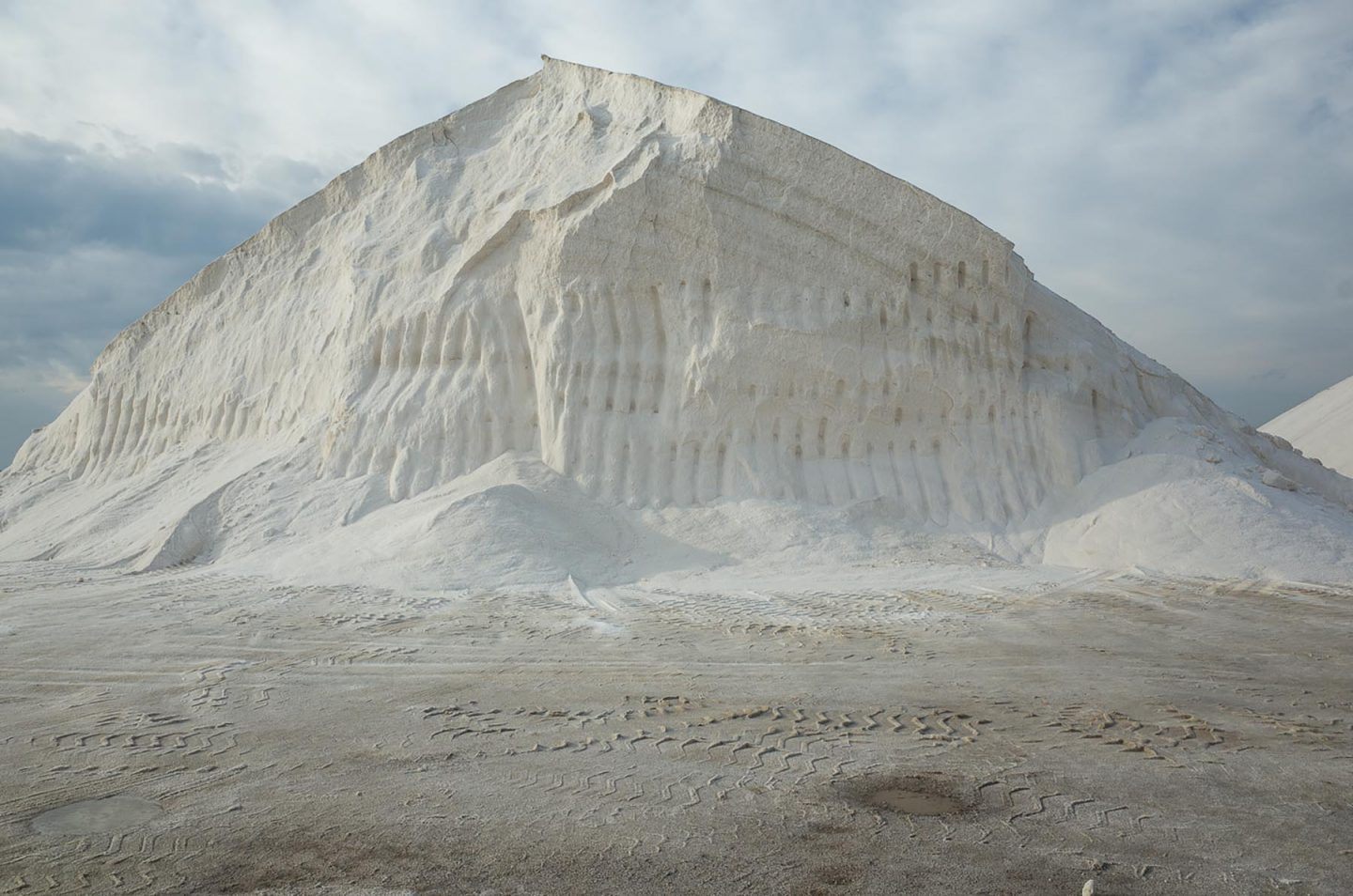
The ominous tone of Marazakis’ images are grounded in their muted colour scheme, which makes the scenes appear somewhat extra-terrestrial. It’s surprising to learn that they were all taken in Greece, where overcast days are few and far between. “These are the original colours and scenes,” Marazakis says. “I almost never go out shooting in harsh light, and I really love heavy clouds and fog, which are hard to find in Greece. To achieve this result, most of my work is made in the winter, in the early morning or late afternoon.”
“While I was photographing the landscapes affected by human interactions in the middle of natural spaces, the topography started looking like a body to me – like something with the early stages of psoriasis on its skin”
-Marazaki
Examples of Marazakis’ Work
I like that his work is recognisable and I agree that it has an ominous tone, however I think this makes his work unique. I like that his pictures are more dull because I think this brings more attention to the landscape in the image rather than the vibrancy of the photograph. Furthermore, the fact that the rule of thirds is used in most of his work means that the composition of the original photographs has been well thought out.
“If humans are a product of nature, then we can say that we are a disease attacking our own organism, just like an immune system can attack its own body – like autoimmune diseases.”
Link to my project: I like that Marazakis’ work is to illustrate humanity’s effect on earth, photographing natural aspects such as clouds and mountains and also have structures such as greenhouses and stone buildings. There is a contrast between every image and i think that what his work stand out as interesting. Recreating his work in my own style would relate it to our island of Jersey, and I could photogram the industrial estate and farmland to do so. Furthermore, I think that what makes his work even better is how it’s clear and identifiable, Marazakis’ work has an important message behind it, focusing on very current world issues. Anthropocene has only been recognised since the 1950’s and to use modern technology to spread awareness of the issue means that these ideas are easily linked to my project.
Bernd and Hilla Becher
Bernhard “Bernd” Becher, and Hilla Becher, née Wobeser, were German conceptual artists and photographers working as a collaborative duo. They are best known for their extensive series of photographic images, or typologies, of industrial buildings and structures, often organised in grids.
Bernd and Hilla Becher first began their still-ongoing project of systematically photographing industrial structures – water towers, blast furnaces, gas tanks, mine heads, grain elevators and the like – in the late 1950s.
At each site the Bechers also created overall landscape views of the entire plant, which set the structures in their context and show how they relate to each other. The typologies emulate the clarity of an engineer’s drawing, while the landscapes evoke the experience of a particular place. The exhibition presents these two formats together; because they lie at the polar extremes of photographic description, each underscores the creative potential of the other.
He once said he “was overcome with horror when I noticed that the world in which I was besotted was disappearing”.
-Bernd
There was more to it than that, though. Bernd Becher’s fascination with industrial architecture was rooted in his childhood in the Ruhr, and he was acutely aware that the mega-structures throughout Germany, Europe and America would soon disappear from the landscape, just as the ones around his home had as Germany moved into a new, post-war economic era.
Bernd and Hilla Becher have profoundly influenced the international photography world over the past several decades. Their unique genre, which falls somewhere between topological documentation and conceptual art, is in line with the aesthetics of such early-twentieth-century masters of German photography as Karl Blossfeldt, Germaine Krull, Albert Renger-Patzsch, and August Sander.
Image Analysis
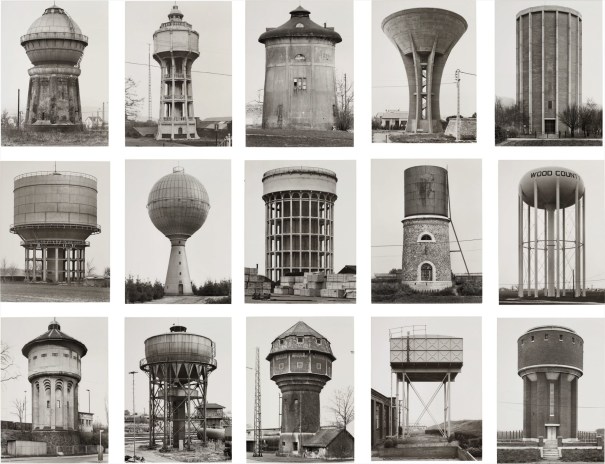
I have selected this image of Bernd and Hilla Becher’s as I think that the grid layout of twelve and not nine makes for a more interesting image as there is more to looks at, and their is more opportunity to create more affective images as part of the final piece. Firstly, I think that the fact that these images are in black and white means that the image may appear more authentic and this highlights the different shadows and shapes within the water towers, for example the squares in the 8th image. Furthermore, the variety of shapes within this image creates a more exciting image, meaning that the contrast between the circles, rectangles and the cylinders placed next to each other creates depth to the image.
Frank Gohlke
Frank Gohlke is an American landscape photographer. He has been awarded two Guggenheim fellowships, two fellowships from the National Endowment for the Arts. His work is included in numerous permanent collections, including those of Museum of Modern Art, New York; the Metropolitan Museum of Art; and the Art Institute of Chicago. Gohlke was one of ten photographers selected to be part of “New Topographic: Photographs of a Man-Altered Landscape,” the landmark 1975 exhibition at the International Museum of Photography at George Eastman House.
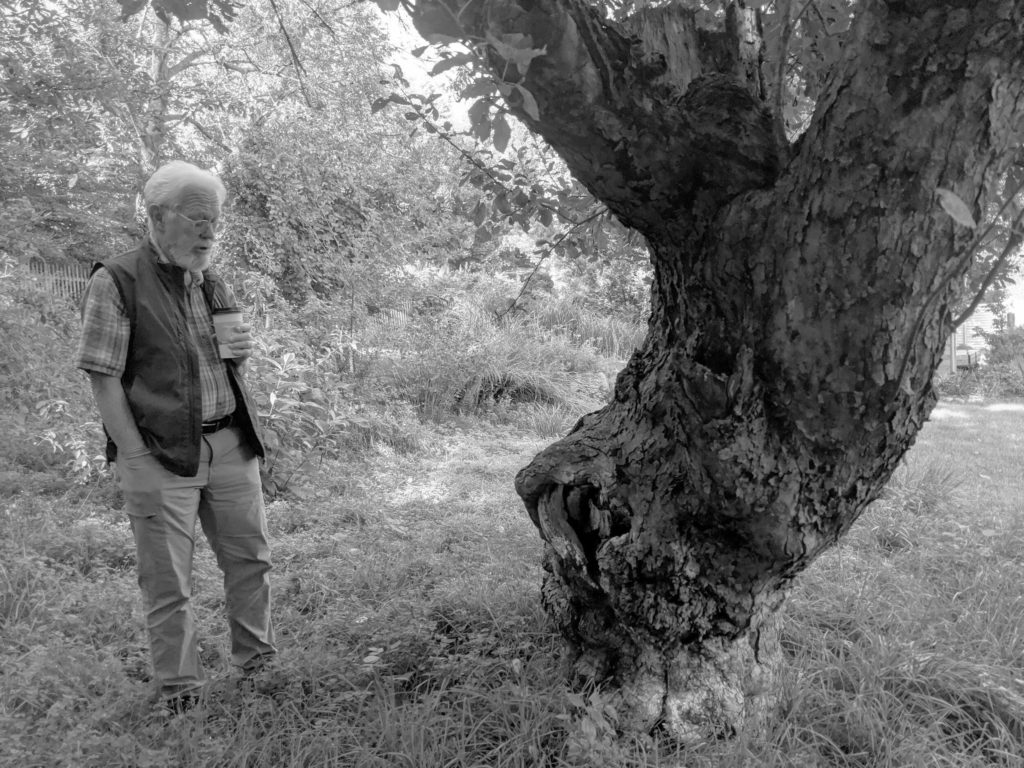
Gohlke 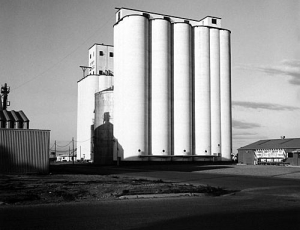
His work
In 1971, Gohlke relocated to Minneapolis, and a year later, in 1972, he began his first major body of work, documenting the grain elevators of America’s central plains. Over the next five years, from 1972–77, the project took Gohlke from Minnesota to Kansas, Oklahoma, Texas, and New Mexico. From his early aesthetic interest in grain elevators, Gohlke became fascinated by their design, their connection to the surrounding landscape, and their function within the cities and towns they occupied. His photographic practice grew to include a research component whose relationship to the pictures themselves was one of reciprocal influence
Frank Gohlke has, in his work, dealt consistently with questions of human usage and perception of land. He has photographed farmland in central France (on a commission from la mission photographique de la DATAR) conducted a personal survey of a portion of the line of latitude 42˚30’ N, which bisects Massachusetts; made two series of photographs tracing the courses of the Red River in North Texas and the Sudbury River in Massachusetts; and documented the urban landscape and residential architecture of Queens, NY (conjointly with photographer Joel Sternfeld, on a commission from Queens College)

